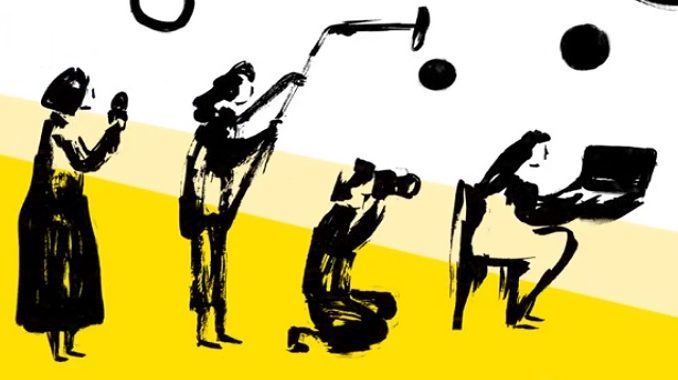
4 out of 10 women in journalism earn less than $ 500 working more than 40 hours a week.
A study revealed that in Ecuador at least 2 out of every 10 women in journalism were victims of harassment in their workplace. In addition, 13% of women received job offers with an inappropriate approach.
This research on the working conditions of men, women and sexual dissidents in journalism was carried out by Chicas Poderosas EC, a group of communicators, with the support of Friedrich-Ebert-Stiftung (FES-ILDIS) and Meedan.
The study, called “So We Do Journalism,” notes that journalists in the country face extended hours of work, unfair pay, and lack of social security benefits.
The team conducted a digital survey aimed at women, people of sexual dissidence and men, which was answered by 236 journalists, anonymously and online. Women journalists were the ones who most participated in the survey. In addition, two focus groups and eight interviews were conducted.
Results
Of the total of interviewees, 6% identify with a gender within the sexual dissidents, 31% are male and 63% female.
31% work in traditional media (Radio, press and television), 62% in digital media and 7% in academia, NGOs and others.
According to the survey data, journalists work more than 40 hours a week, including those on part-time contracts. In this scenario, the labor rights of women are further violated, who do more work for a lower salary compared to their male colleagues.
4 out of 10 women in journalism earn less than $ 500 working more than 40 hours a week.
The percentage of those who are in a dependency relationship is 37.6%, almost the same as those who are entrepreneurs or are independent, who are 36.8%. While 19.5% are unemployed and 6.1% are in an internship, activism or volunteering. Of the total unemployed, 15% are women.
The data, says the study, “allow us to establish that newsrooms are spaces marked by heteronorm and gender stereotypes. In addition, it is missing to include reporters of different ethnic origins. Trans people and indigenous people, among other diversities, have no place in the traditional media, while black people are only a small percentage ”.
The study reflects the constant violence against women in the workplace. Harassment, for example, is one of the most recurrent complaints.
The report explains that violence against women in journalistic work environments comes from male colleagues in positions of equal or higher hierarchy, public service personnel and the audience.
“My former boss summoned me outside of working hours and took me to a hotel where he wanted to abuse me in exchange for employment and financial help.”
It is one of the testimonies collected by the investigation. The complete study can be found in This Way We Do Journalism

Be the first to comment